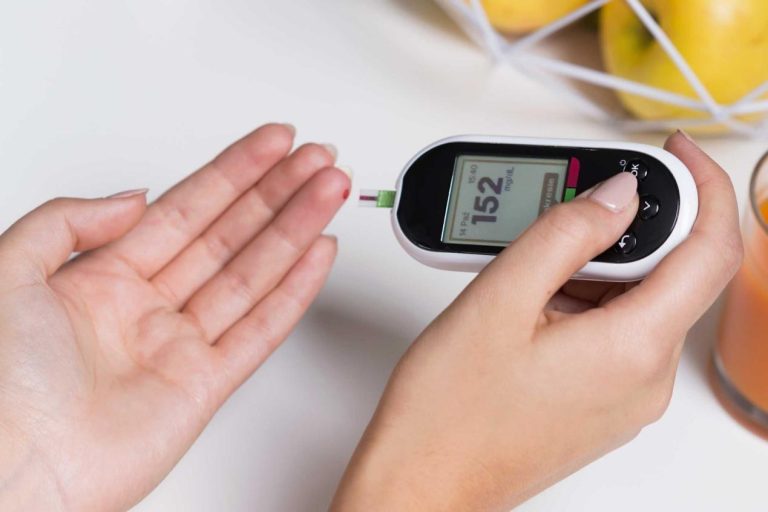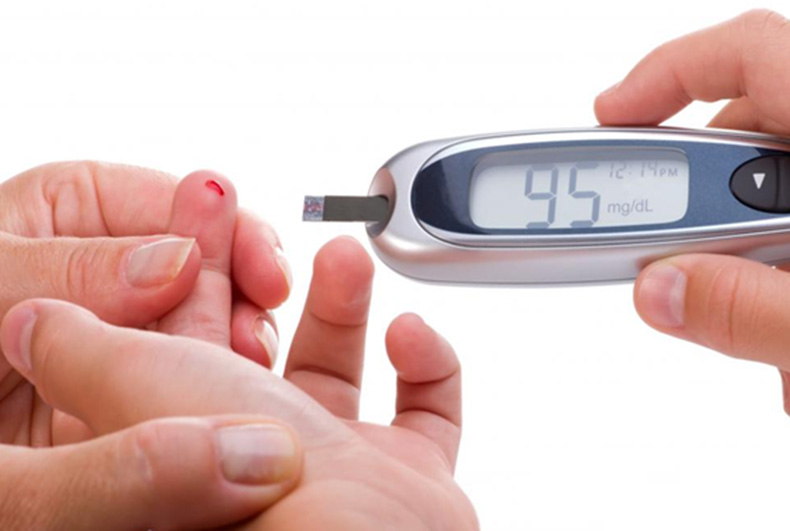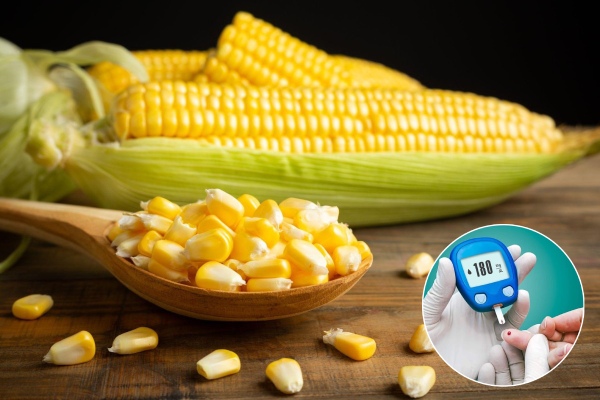Guide on How to Use a Blood Glucose Meter
For people with diabetes, checking the blood glucose level in the body will help you understand the condition better and have a healthier lifestyle direction. However, how to measure blood sugar at home, what blood glucose meter to choose, and how to use a blood glucose meter correctly? Let’s find out through this article!
Contents
Understanding the Body’s Blood Glucose Indices

It can be understood that the amount of glucose existing in the blood is called blood sugar. Blood sugar levels are very easy to change and are influenced by many factors such as daily activities, meals, sleep, medications, and even emotions.
When the blood sugar level is stable, the risk of diabetes will decrease, along with preventing other dangerous conditions such as nerve disorders, retinal damage, kidney disease, cardiovascular diseases, or stroke. Therefore, regularly checking blood sugar levels and understanding how to use a blood glucose meter correctly will help you control many health issues better.
According to the American Diabetes Association (ADA), the blood sugar index table will be determined as follows:
- Indices for Adults
| Normal Fasting | Below 11.1 mmol/l (below 200 mg/dl) |
| 1-2 hours after eating | Fasting below 7.8 mmol/ L (or below 140mg/ dL) |
| Before meals (fasting) | 4.4 – 5.5 mmol/L ( Dưới 100mg/ dL) |
- Indices for Pregnant Women
| Before meals | ≤ 5.3 mmol/L before breakfast (or ≤ 95mg/dL) |
| After meals | 1 hour after starting to eat: ≤7.8 mmol/L (or ≤ 140mg/dL) 2 hours after starting to eat: ≤6.7 mmol/L (or ≤ 120mg/dL) |
- Safe Indices for People with Diabetes
| Before meals | 80 – 130 mg/dl (4.4 – 7.2 mmol/l) |
| After meals | < 180 mg/dl (10.0 mmol/l) |
Choosing the Right Blood Glucose Meter

Before learning how to use a blood glucose meter, you need to consider the following when choosing a blood glucose meter for yourself:
- Origin: It is important to research the brand and origin to avoid buying inaccurate machines.
- Test strips: There are two types of blood glucose meters, coded and uncoded. For convenience, you should buy the uncoded type for easier strip replacement.
- Multiple testing sites: In addition to fingertip testing, you should choose a meter that can be used on the forearm, upper arm, calf, thigh, palm… However, it’s best to consult your doctor before using.
- Memory function: Choose meters that can store more than 500 results, compact, and easy to carry.
- Ease of use: Compared to younger people, if you are considering meters for the elderly, choose large and easy-to-read screens, convenient design, and easy operation.
How to Use a Blood Glucose Meter

To efficiently check glucose levels in the blood without going to the hospital, you must know how to use a blood glucose meter correctly according to the instructions. This not only provides more accurate results but also helps prevent infections from the environment.
To perform blood sugar testing steps, you need to follow the following sequence:
- Choose a finger to draw blood, wash it thoroughly with soap, and dry it with a clean towel. If you use an alcohol swab to sterilize, make sure the finger is completely dry before proceeding to the next step.
- Attach the needle to the device’s spring head, adjust the appropriate puncture depth on the body of the machine for testing.
- Use a clean cotton swab to pick up the test strip, when attached to the machine, there will be two blade heads, one inserted into the machine, one in contact with the finger. Therefore, this process needs to ensure that the vial remains clean.
- Draw blood from the chosen fingertip using the lancet needle.
- Bring the meter back close to the finger with blood, touch the blood on the test strip, ensuring enough blood for the meter to read, usually 1.5 microliters.
- Be careful and thorough with the steps, do not let the finger being tested come into contact with anything else, use a clean cotton swab or alcohol-soaked cotton swab until the blood stops flowing.
- Read the blood sugar result after 10-20 seconds.
- Before storing the needle and test strip, it needs to be wrapped and disinfected before storing.
Notes When Using a Blood Glucose Meter
After understanding how to use a blood glucose meter according to the standard, there are a few notes you need to remember:
- Always carry the meter and necessary items with you: lancets, alcohol wipes, cotton swabs, needles, test strips, meters… especially for diabetic patients.
- Ensure that the tools are always well-preserved and clean, avoid direct sunlight and humid places.
- Develop a habit of testing blood sugar regularly and on time, depending on your lifestyle, you can rearrange it for the most convenience.
- Pay attention to and follow the correct procedure for testing to avoid infections or inaccurate results. Do not share testing equipment to prevent unintentional disease transmission.
- Dispose of needles and lancets after each use.
- Record the results regularly every day.
In addition to using a blood glucose meter to better control the amount of sugar in each meal and blood sugar levels in the body, you need to practice a healthy lifestyle to protect your health better. In case you have this condition, you need to be more strict in your own life to avoid serious complications. Moreover, you can use Gluzabet diabetic milk to supplement the necessary nutrients in your daily life and enhance immunity.
See more:





